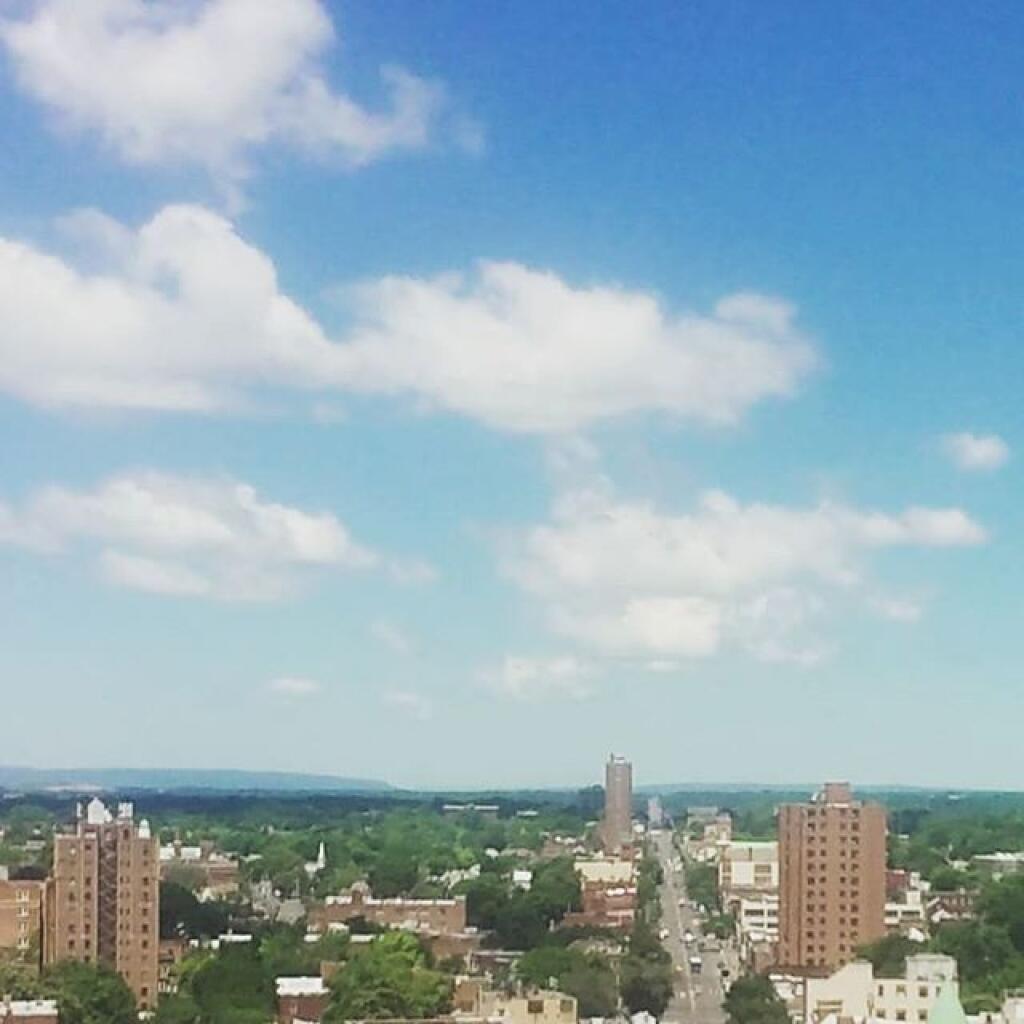The LED’s Challenge to High Pressure Sodium – YouTube
This is a very interesting video about street lighting.
It turns out humans (and most animals) have a lot of trouble seeing yellow light after dark, which means that much of supposed efficiency of high pressure sodium lights is wasted. Colder light colors, like that of the mostly obsolete mercury vapor lights of 1950s and 1960s, and modern LED bulb are better at lighting up a street with less actual light output. As the video notes, is some evidence today they made a mistake in 1970s ripping out mercury vapors lights in favor of the more "higher laboratory light output per watt" high pressure sodium.
LEDs can be made any color you want based on the phosphorous. Cold white is popular because you can use a dimmer light while it appears brighter to human and animal eyes. Warm white is less disruptive to sleep and wildlife, more pleasant to the eye, and with less light pollution (in theory) but it's harder humans to see. One interesting idea proposed in the video would be to have street lights start out at a lower-output cold white color in the early evening, and switch to a higher-output warm white color in the early hours of the morning, when fewer people are in the street but you don't to disrupt sleep as much.
Another interesting idea from the comments in the video would be to use high pressure lamps (or warm white LED bulbs) in residential neighborhoods, while using well aimed cold white LED in commercial areas, on highways, and other "high crash areas" such as city centers where there many pedestrians crossing the streets. Mixing warm white and cold white strategically could work to further warn drivers -- suddenly transitioning from a warm white color to cold white color could warn the driver that they are entering a "high crash area" and to use extra care proceeding through that area.
Copters haul equipment atop Corning Tower
How to Rinse Your Recyclables Without Wasting Water
"So don’t give your recyclables a bubble bath, but don’t worry that you’re undoing all your good work by giving a reasonable rinse. You’re making the world a little less filthy."
Such a nice day
June 19, 2018 11:31 am Update
Massena has 32 minutes more of daylight then Staten Island on the first day of summer.
Effing’ Hot! In Effingham Illinois… – FixedByDoc
I have been following his bicycle trip across the country. Some neat roadside attractions he's biking past.

